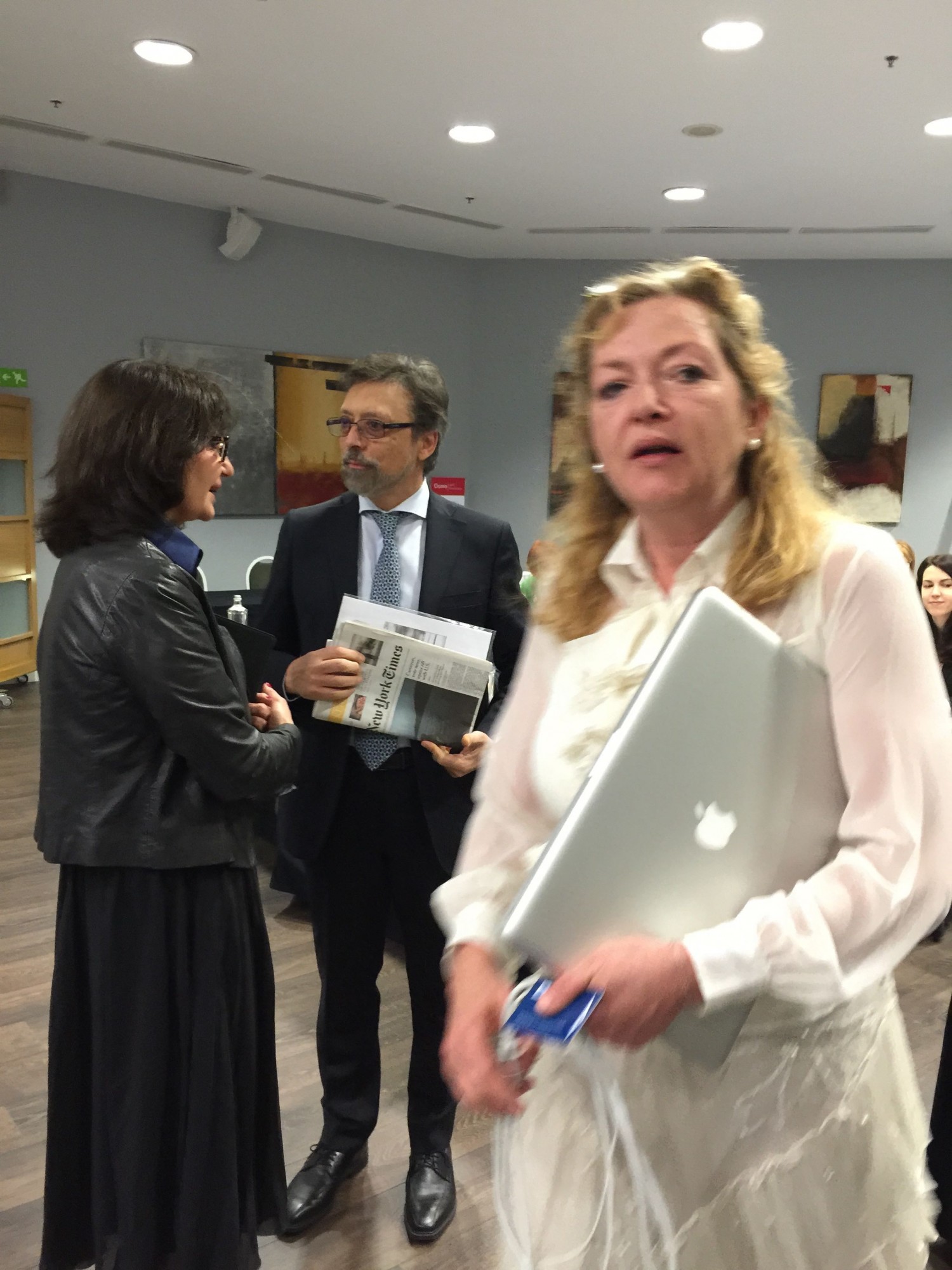5ème Journée EUROPEAN LED ACADEMY des 14 et 15 Mars 2015 à BARCELONE: Intestinc–Peau le «cross talk» metagenomic: Une Protection cutanée biophysique et bactérienne salutaire (Pr Francesco MAROTTA - Italie)
Comprendre le "dialogue métagénomique environnemental"
entre la sphère digestive et cutanée pourrait être une autre approche pour protéger nos barrières physiologiques (aux infections) et les maintenir, saines.
Du fond du 19 ème siècle, Louis Pasteur aurait aimé échanger avec le Pr Francesco Marotta (MD, Ph.D) séduit par un énorme travail de recherche dévoué à l’écologie de systèmes biologiques (Probiotics et santé humaine). Université de Pavia (Italie).
Il intègre le comité scientifique après du Pr Lester Packer et Luc Montanier dans l’ équipe de l’Osato Research Institute (ORI).
Voir Fichier PDF
Gut-skin metagenomics cross talks for skin biophysical and bacterial protection and health Pr Francesco Marotta (Italy)
Understanding the "environmental metagenomics dialogue" between the skin and digestive sphere could be another approach to protecting our physiological barriers (from infections) and hold them healthy.
At the end of 19 th century, Louis Pasteur would have liked to discuss with Prof. Francesco Marotta (MD, Ph.D). seduced by an enormous amount of research devoted to the ecology of biological systems (Probiotics and human health). University of Pavia (Italy).
Pr Marotta is a member scientific committee with Professor Lester Packer and Pr Luc Montanier in the team of Osato Research Institute (ORI)
Gut-Skin metagenomics:
novel understanding and treatment avenues
Skin is the primary sensing organ for external stressors and the cutaneous sensory fibers also convey changes in temperature, pH, and inflammatory mediators to the central nervous system (CNS). The nerve terminals are then associated with receptors indicating close interaction. The brain responds to these signals, which in turn influence the stress responses in the skin. The skin also developed a fully functional peripheral HPA system where CRH, ACTH, and their receptors are produced in skin cells. Imbalanced interactions of commensal bacteria within the gut may lead to a chronic systemic, often subclinical, pro-inflammatory milieu predisposing to an array of adverse effects that feedback into a destructive inflammation-driven cycle. Dietary probiotic bacteria simultaneously stimulate the hypothalamus and pituitary gland to secrete health stimulating hormones, while also stimulating the regulatory arm of the immune system. Together, these two probiotic microbe-induced events, though not yet fully understood, interact to break the vicious pro-inflammatory cycle and boost good health-associated phenotypes in tissues distant from the gastrointestinal tract, such as the skin. Recent data show that antibiotic treatment decreases the bacterial density and alters the bacterial composition in skin wounds, followed by a decrease in RegIIIγ expression, which may contribute to the delayed wound repair. On the other hand, oral administration of some probiotics has the potential to prevent UV-induced skin damage, supporting the hypothesis that probiotics are beneficial also to the skin but may also decrease skin sensitivity and increases the rate of barrier function recovery. Moreover, topical applications of probiotic bacteria have a direct effect at the site of application by enhancing the skin natural defence barriers. Probiotics as well as resident bacteria can produce antimicrobial peptides that benefit cutaneous immune responses and eliminate pathogens but also opening the way to the possibility of designing new strategies based on a nutritional approach for beneficially modulate skin microbiome and metagenomics. The use of probiotic has been shown to alleviate T cell-mediated skin inflammation without causing immune suppression, via mechanisms that include control of CD8+ effector T cells and involve regulatory CD4+ T cells. In addition, prebiotics can be applied to the skin microbiota directly and increase selectively the activity and growth of beneficial ‘normal’ skin microbiota.

